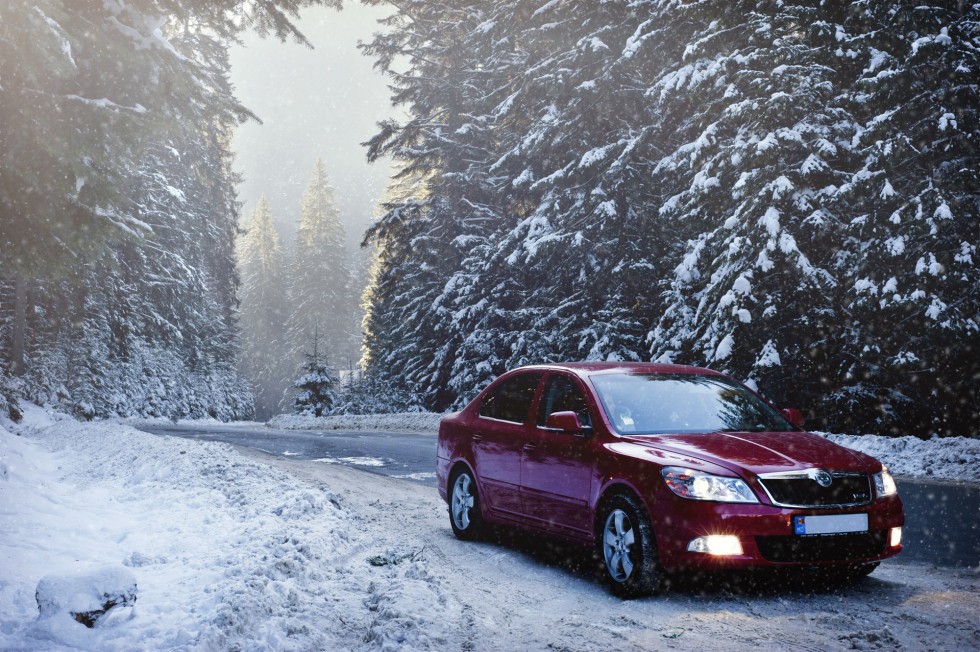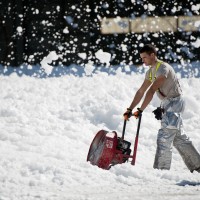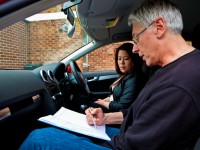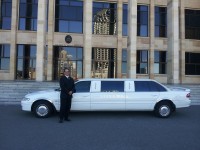When the snow season comes, many people start using public transportation instead of their own comfortable cars because they are afraid of winter driving. In most cases, winter driving is an additional skill that is not taught in regular driving school classes, but which is available on demand. This means that even though you have a driver’s license, you still have very little practical knowledge about winter driving.
You shouldn’t worry much about driving on snow and ice because the basics always remain the same, yet some alternations should be done. To understand what is different we watched stunts and interviews with the world-famous racer Tanner Foust, who is also many world records holder and a host of Top Gear USA. Here is the wisdom he shared about winter driving in five steps.
#1 Pay attention to the world around
One of the key factors in safe winter driving, according to Foust, is the ability to properly read the terrain. There are always clues and dead giveaways that will help you avoid the worst icy sports on the road. If you manage to avoid them and properly read the terrain, you will be able to elude the accident and get safer driving experience.
For example, you know that in the shadow ice tends to freeze faster and more often, so when you get to the mountain shadow or your road goes through the thick forest, ensure that you drop the speed down. You should also pay attention to the behavior of other drivers; you can either follow their path (because often it is the safest one) or avoid making their mistakes (if you see that their vehicles slip in the snow or on the ice at the same spot).
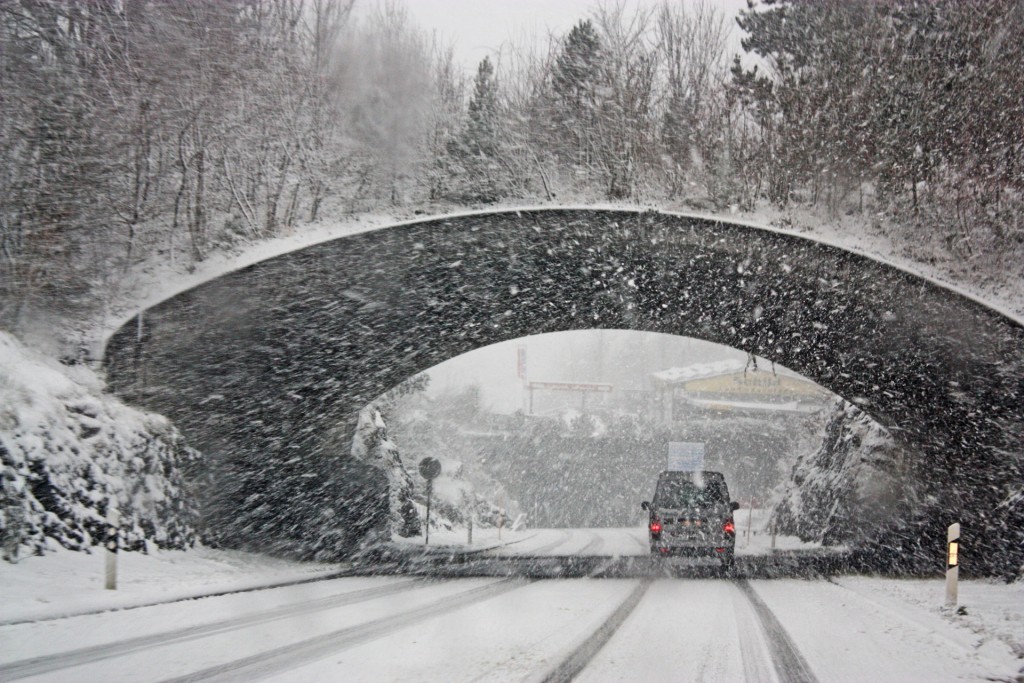
#2 Separate the controls
If you don’t have a driving license yet, driving experts advise learning to drive in winter. This gives you a little advantage because you can gain vital skills with a professional instructor sitting next to you, and not just press on everything around while learning on your own. The main idea is that a car has only three main functions, namely acceleration, cornering, and braking. In order to master winter driving, you should be able to control each of them separately. First, you brake in a straight line. When turning on ice stay off both pedals and wait until you feel that wheels begin straightening. Once you feel it, feed in any throttle again. By using all these three functions together you can turn into action all the available traction. Exactly this means “separating the controls” – following and applying each of the functions separately, yet at the same time.
Such control requires skill and a master who can properly demonstrate the idea described above. For this reason, it is highly advised to visit your local driving school and take several classes from a knowledgeable driver so that you gain the right skills and not their evil twins.
#3 Never fight stability traction control systems
Electronic stability control system (ESC) is a common feature of many modern vehicles. With the help of a steering angle sensor, a lateral G sensor, and a yaw sensor the ESC decides how and when it should intervene. This is generally an additional feature to the old-school ABS. The system tries to predict the path a driver decided to take and tries to help with keeping it. Generally, ESC chooses the safest and most reliable path for you to go.
What does this mean? Let’s imagine that you’re going on the ice and the car starts sliding. Generally, your first reaction would be to put the hammer down and turn the steering wheel in the opposite direction. For the ESC this means you’ve changed your mind about the direction and want to do something else. To calculate new path the system requires some time and this will leave you unprotected for this time frame.
What should you do? If during winter driving your car starts sliding, the best thing to do is to tone down the steering wheel inputs and straighten it. In this case, the ESC will take much less time to stabilize and help you gain control over the vehicle smoother.
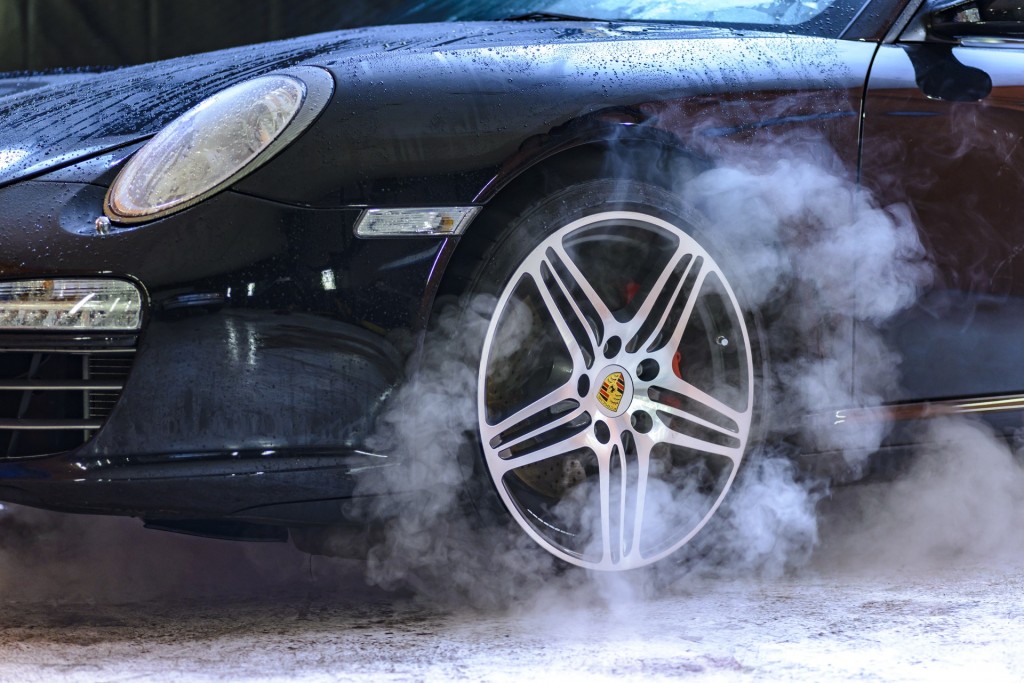
#4 Use the right mode
If your car has a snow mode, then don’t neglect using it! You can check Foust’s review of Mitsubishi Lancer Evolution and its snow mode: you will see that it definitely worth being used! In the past “snow mode” for winter driving meant just that the transmission started in third gear in order to limit wheelspin. Yet, today this mode includes not only ABS and ESC systems, but also low-grip tuning for the throttle mapping, traction control system, all-wheel drive system, and many more. By selecting the proper mode for snow surfaces, you simplify to the electronics what will happen now and how it should react to keep you safe.
# 5 Winter driving only with winter tires
There is no question about the importance of changing tires once the season changes. Always ensure that you change tires into winter set once the temperature gets close to zero. Winter tires give you a whole extra level of traction. Without any doubt, winter tires accelerate all those snow mode functions that your car has, including ABS, traction control, and ESC. If your environment is prone to significant snow precipitation in winter, then those all-season tires won’t help you stay safe and in control of car’s every move. In fact, according to Foust, they are good neither for summer nor for winter; professional racer, in general, advises avoiding all-season tires at all. Winter tires, on the other hand, have special tread design which helps concentrate vehicle weight on a smaller footprint. This, in turn, increases traction.
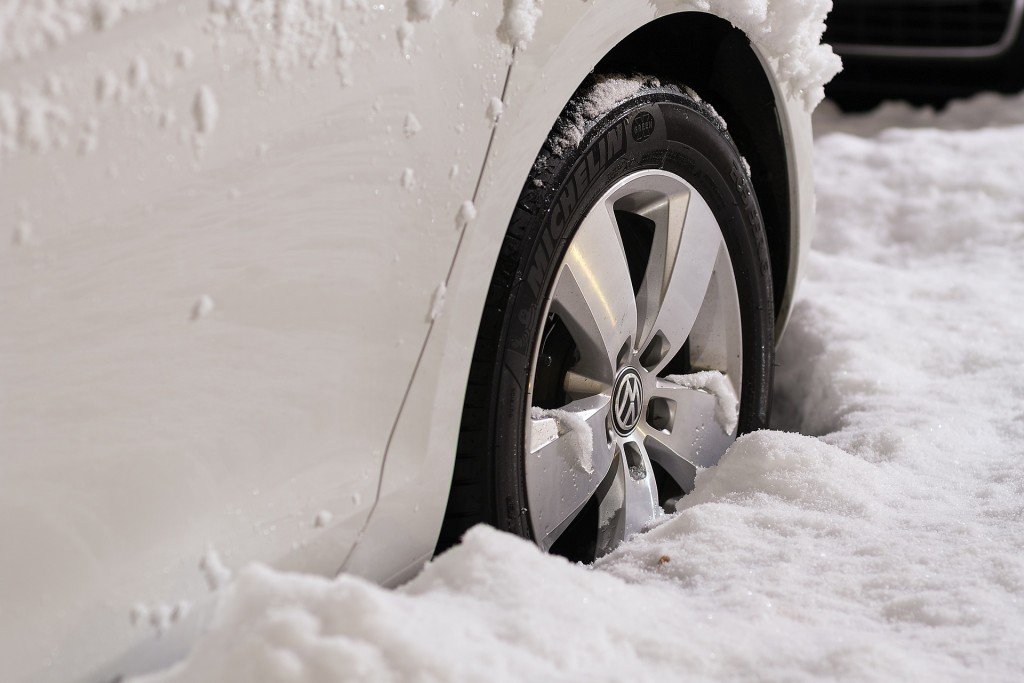
You can see that winter driving rules are not so hard to follow, but require some skill for managing. Make sure that you learn them under professional supervision and that you use them at all times!
